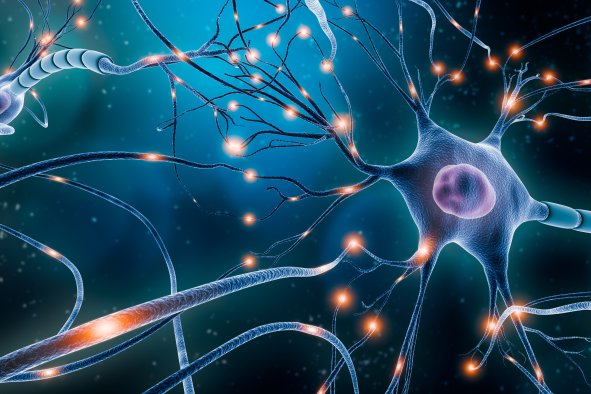Scientists have achieved the impossible-sounding feat of bringing light to a standstill, in a breakthrough that could pave the way for new lasers and quantum light sources.
The trick was achieved in a special kind of material known as a "photonic crystal", which has a structure that affects how electromagnetic waves pass through it.
And by distorting the crystal in the right way even by just a tiny amount, the Dutch team said, the individual photons of light that make up the electromagnetic wave can be slowed down and even stopped.
This phenomenon, they explained, works much in the same way as how magnets can interfere with the flow of electrons in an electrically conductive material.
The Dutch team are not the only ones to have achieved this phenomenon recently. A team from the Pennsylvania State University has also recently published a study on the same effect.
"This principle offers a new approach to slow down light fields and thereby enhance their strength," said lead author Ewold Verhagen—a physicist at the AMOLF research institute—in a statement.
He added: "Realizing this on a chip is particularly important for many applications.
"If we can confine light at the nanoscale and bring it to a halt like this, its strength will be enhanced tremendously. And not only at one location, but over the entire crystal surface.
"Such light concentration is very important in nanophotonic devices, for example for the development of efficient lasers or quantum light sources."
Photonic crystals usually consist of a regular, two-dimensional, pattern of holes made in a layer of silicon, explained paper first author René Barczyk in a statement.
Normally, light is able to move freely within such crystals, similar to how electrons can move in graphene, he added.
When a magnetic field is applied to an electrically conducting material, electrons can only exist if they have very specific energies. These energies are known as "Landau levels".
The team found that when they distorted the photonic crystals in just the right way—breaking the regular pattern—photons "lock" in place.
"This is how we create Landau levels for photons," Barczyk said, explaining that, by exploring different deformation patterns, the team were even able to create different types of "effective magnetic field" for a single material.
"As a result, photons can move through certain parts of the material but not in others. Hence, these insights also provide new ways to steer light on a chip," he concluded.
The full findings of the study were published in the journal Nature Photonics.
Do you have a tip on a science story that Newsweek should be covering? Do you have a question about photons? Let us know via science@newsweek.com.
Disclaimer: The copyright of this article belongs to the original author. Reposting this article is solely for the purpose of information dissemination and does not constitute any investment advice. If there is any infringement, please contact us immediately. We will make corrections or deletions as necessary. Thank you.



